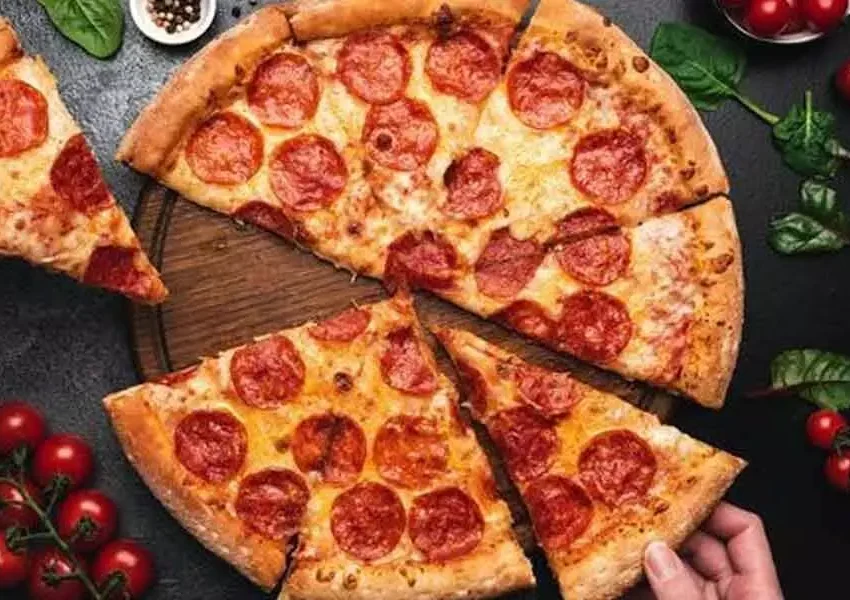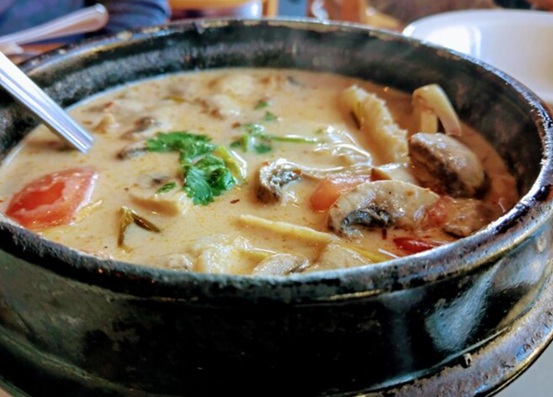Online seafood delivery Singapore has quietly revolutionised our relationship with the ocean’s bounty, transforming what was once a sensory-rich marketplace experience into a different kind of intimacy—one mediated through screens yet culminating in the arrival of glistening fish, succulent prawns, and briny oysters at our doorsteps. This shift represents not merely a change in shopping habits but a reconfiguration of our connection to food sources and the rituals of nourishment.
The Invisible Journey
There is something almost magical about the process by which seafood travels from coastal waters to urban kitchens. What was swimming in the South China Sea at dawn might be simmering in a Singaporean soup by nightfall—a journey made increasingly frictionless through digital platforms that collapse the space between harvest and consumption.
“Fresh seafood delivery in Singapore now operates on timeframes previously unimaginable, with some services guaranteeing same-day delivery for orders placed before 10 am,” notes a recent food supply chain study. This compression of time has profound implications for how we understand freshness, seasonality, and our relationship to distant ecosystems.
The New Geography of Taste
The rise of online seafood provision has redrawn the mental maps through which we navigate food choices. Geographical limitations that once determined what appeared on our plates have yielded to logistical networks that make Norwegian salmon, Japanese uni, and New Zealand mussels as accessible as locally caught fish.
This expanded horizon brings with it both opportunity and responsibility:
- Access to previously unavailable seafood varieties from global waters
- Greater transparency about sourcing and fishing methods
- Reduced food miles when platforms prioritise local fisheries
- Improved traceability from boat to plate
- Seasonal awareness beyond local limitations
- Educational resources about sustainable consumption practices
- Convenient filtering options for dietary preferences and sustainability concerns
“The best online seafood platforms in Singapore offer not just products but education—detailed information about provenance, fishing methods, and ecological impact,” explains a sustainable seafood advocate. “This creates more informed consumers who can make choices aligned with both their taste preferences and values.”
The Paradox of Distance and Intimacy
Perhaps the most fascinating aspect of digital seafood procurement lies in its simultaneous distancing and deepening of our relationship with food. We no longer witness the fishmonger’s skilled hands filleting, no longer smell the briny air of the wet market, no longer select our fish by looking directly into glassy eyes for signs of freshness.
Yet in this apparent removal, new forms of connection emerge. Digital platforms often provide greater detail about fishing locations, harvest dates, and the people involved in bringing seafood to our homes than we might glean from traditional market interactions. Video content showing fishing practices, preparation techniques, and cooking suggestions creates new forms of literacy around seafood consumption.
The Democratisation of Quality
One significant consequence of Singapore’s embrace of online seafood delivery has been the democratisation of access to premium seafood. What was once available primarily to restaurants and speciality shops has become accessible to home cooks across the island.
“The average household in Singapore now consumes approximately 30% more varieties of seafood than a decade ago,” reveals a consumer habits survey. “This diversification correlates strongly with the rise of online seafood purchasing options.”
This democratisation extends to knowledge as well as product. Many delivery services include:
- Detailed storage instructions for different seafood varieties
- Recipe suggestions tailored to specific products
- Preparation videos demonstrating proper handling techniques
- Information about seasonal availability and optimal consumption periods
- Guidance on freezing and thawing methods to maintain quality
- Suggestions for wine or condiment pairings
- Community forums where customers share their cooking experiences
The Hidden Labour of Convenience
Behind the seamless digital interfaces and convenient delivery windows exists a complex choreography of human labour and technological systems. Fishers still rise before dawn, still face the unpredictability of the sea, still bring their catch to shore with hands roughened by salt and rope. Processing, packing, and delivering still require human attention and care.
“The logistics of seafood delivery in Singapore involve sophisticated cold chain management, with temperatures monitored constantly from receipt to delivery,” explains a food safety specialist. “This invisible infrastructure ensures that what appears simple to the consumer actually maintains the highest standards of freshness and safety.”
The Future Tides
As Singapore continues to navigate its relationship with food security, sustainability, and culinary heritage, online seafood delivery services increasingly position themselves not merely as convenience providers but as crucial intermediaries between consumers and oceans. Their algorithms not only predict what we might want to eat but increasingly shape what fishers might choose to catch.
This influence carries significant responsibility. The most thoughtful platforms recognise their power to:
· Support sustainable fishing practices through preferential partnerships
· Educate consumers about endangered species and alternatives
· Reduce waste through precise ordering and delivery systems
· Preserve culinary traditions while enabling exploration
· Support local fishing communities and small-scale operations
· Advocate for responsible consumption patterns
· Maintain transparency about sourcing and handling
The Ritual of Receiving
There remains something profound about the moment a package of seafood arrives at our door—the weight of it in our hands, the condensation on the insulated packaging, the anticipation of flavours to come. This moment connects us to ancient human rituals of food preparation and sharing, despite its thoroughly modern delivery mechanism.
As we continue to navigate the complex relationships between technology, food systems, and culinary traditions, we might consider how these new pathways to nourishment both change and preserve our connection to the waters that sustain us. The convenience of a few clicks should not obscure the wonder of oceans, the skill of fishers, or the responsibility we bear as consumers toward marine ecosystems increasingly under threat—considerations that remain central to the evolving landscape of online seafood delivery Singapore.







